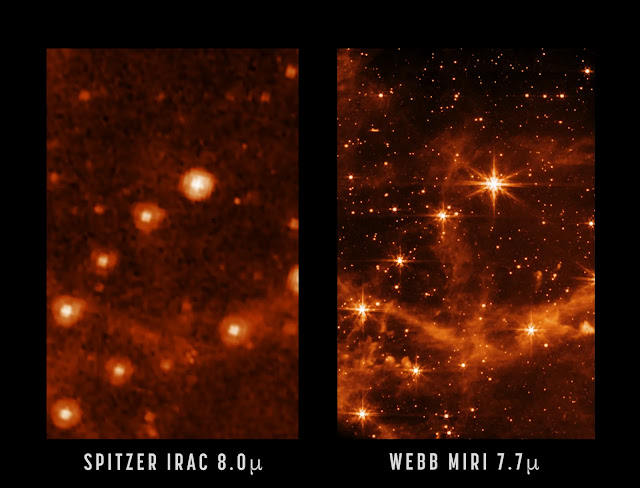Monday morning, NASA conducted a news conference to announce the perfect alignment of the Webb Space Telescope and the forthcoming scientific activities of the spacecraft. The space agency also shared photographs from the telescope that displayed Webb's development in a stunning manner.

Webb will see farther back in time than the Hubble Space Telescope at an observation site named L2 about one million kilometers from Earth.
The primary scientific objectives of the $10 billion telescope are to investigate how stars form and give rise to planetary systems, to investigate the evolution of galaxies, exoplanets, and objects in our solar system, and to observe the universe's earliest light in an effort to determine how the first stars and galaxies formed.
The preparation and testing of the scientific equipment of the telescope (known as commissioning) will take around two months. Webb cannot begin capturing the scientific photos that will characterize its mission until its commissioning is complete.
However, some photographs are already being captured to ensure the telescope's functionality. Recently, Webb's coldest sensor, the Mid-Infrared Instrument (MIRI), captured a test picture of the Large Magellanic Cloud, a satellite galaxy of the Milky Way that was originally seen by Spitzer Space Telescope's Infrared Array Camera.
A section of the Large Magellanic Cloud imaged by the Spizer and Webb telescopes.Image: NASA/JPL-Caltech (left), NASA/ESA/CSA/STScI (right)
Webb's view of the same location makes Spitzer's appear like a finger painting, revealing interstellar gas scattered throughout the starfield. In the MIRI test, the stars, as seen by Spitzer, are seven-pointed beacons of light.
In the MIRI test, the stars, as seen by Spitzer, are seven-pointed beacons of light.
The Near-Infrared Spectrograph (NIRSPEC) of the Webb Space Telescope is also a significant improvement over prior space telescope technologies. Prior space observatories could only examine spectra of one target at a time; NIRSPEC will be able to observe 100 objects concurrently. This is a gift for the tens of thousands of scientists who want to utilize Webb data in their studies.

Early release observations are the next stage for Webb. These will be the first photos of Webb's scientific targets to be processed in full color.
It seems from these first data that Webb will serve as a kind of cosmic Palantir, allowing scientists access to hitherto unreachable regions of deep space. It is the next best thing to be there during the universe's infancy.
The telescope was meant to function for at least five years, but its December launch was so accurate that it may have enough fuel to remain in place for more than twenty years. Buckle up.
Reference(s): Space.com
 Reviewed by Explore With Us
on
May 10, 2022
Rating:
Reviewed by Explore With Us
on
May 10, 2022
Rating:





No comments: